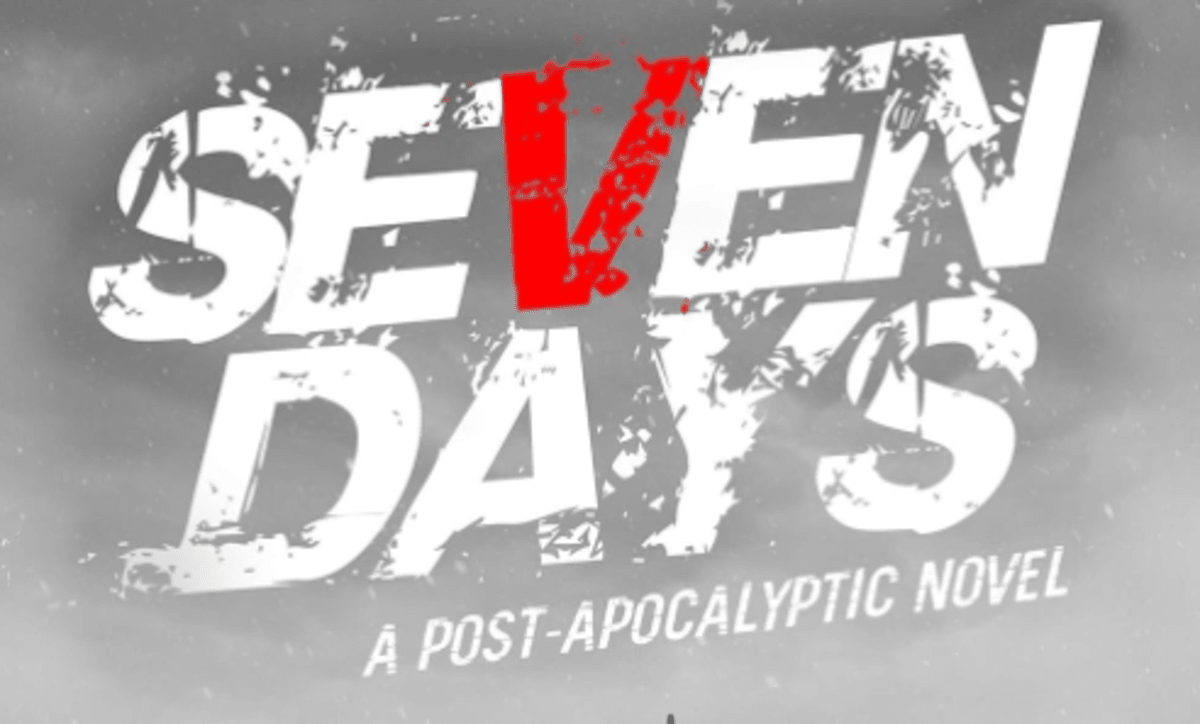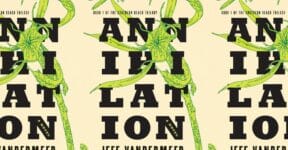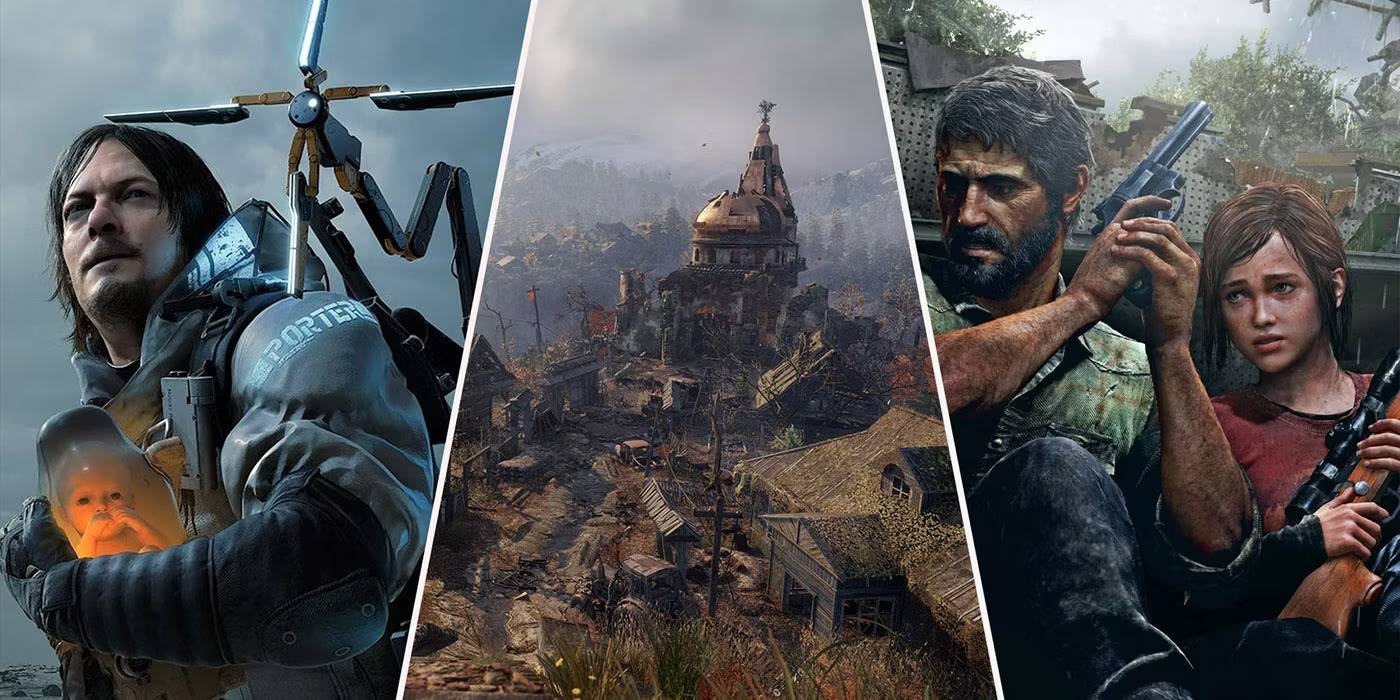Following our slow and steady recovery from COVID-19, there has been a surge of interest in taking a second look at post-apocalyptic pandemic books. Humanity did survive a real-world pandemic, and it has become commonplace for readers to see how close the tales of lethal diseases in a fictional world resemble reality, if at all. Some authors apparently had delivered quite the description of the real-world emergency situation in their narratives even before the pandemic hit. Michael Hopf’s Seven Days a Post-Apocalyptic Novel is a case in point. Of course, there’s no mention of stockpiling Purell and toilet papers, but it’s at least implied.

The premise is simple and has been used hundreds of times before: the world has been decimated by a deadly pandemic. The U.S. and Chinese governments first worked together to take care of things, but they ended up having a nuclear fallout instead. In a small village of Deliverance, Oklahoma, a small community is still thriving despite all the terrible things that happened mostly thanks to the mayor, whose lockdown and quarantine policies have so far been successful at keeping the dangers away from home. Reid and his daughter, Hannah, live safely inside the walled community, until she shows symptoms of the same lethal flu that killed her mother nearly a decade ago.
A flashback to Hannah’s mother, Evelyn, starts the book. She was infected with the H5N7 virus, commonly referred to as the “dog flu” because it originated from canines, and spent her last days in a hospital. It was said that when the pain came, her muscle became rigid and tense as if she was being electrocuted. Crying made things look even more horrible because of the bloody tears streaming down her face. She could barely speak anymore during her last hours. When the doctor considered her symptoms were becoming worse and all hopes of recovery were lost, the standard procedure was euthanasia: kill the patient to limit the suffering. Reid was by her side all the time, except during the procedure. He, too, had been infected, but was then able to develop natural immunity to the virus.
H5N7 first appeared in Mexico nine months before Evelyn’s death. It came to existence similar to that of swine flu, but the virus was much more lethal. It could kill the host within seven days after developing the first symptom. About 87% of those infected were killed. The dog flu brought the world’s most powerful countries together in a joint-effort to minimize the damage, but the collaboration quickly evaporated and turned into a nuclear conflict. As if dealing with the virus was not bad enough, now the world had to deal with threats of radiation and total annihilation.
A quick jump to nine years after Evelyn’s eventual demise brings you to present-day Deliverance, Oklahoma, where Reid lives a humble life with Hannah, his only daughter. Deliverance is like the ultimate survivor camp, with a capable leader at the top of a competent government. Mayor Kincaid took an aggressive measure to shield the town against the virus and the impact of an ongoing war. He built a wall around the town and practically transformed Deliverance into a stronghold. Despite some resistance from citizens, he soldiered on and finally proved that his plan was right all along.
In a probably too-good-to-be-true story, it turns out that Deliverance has many competent people to be assigned to various positions. Everyone is given a job in security, education, infrastructure, food, and healthcare departments. Long story short, the town thrives and does pretty well at governing itself while being cut off from the rest of the country.
Things take a turn when a rumor spreads that the U.S. government is conducting research to develop a cure. Some say there has already been a cure for the virus now. Reid, being one of the few people immune to the H5N7, is the most likely candidate in Deliverance to check whether there’s any truth to the rumor. When he is shown a map of the suspected location of the research facility, he points out that it could be San Clemente Island, and can confirm about the existence of a scientific operation conducted by the Department of Defense on the island. However, that is as much as he can do at the moment.
Reid outright refuses to take the mission for the sake of his daughter, but the decision is about to change pretty soon. Hannah is not immune to the virus. She begins to show symptoms of the disease, and Reid has no choice but to find the cure. There’s no time to waste; it’s a journey across the country, and the two of them only have seven days before Hannah succumbs to the virus. And this is where the actual story begins.
We think Seven Days: A Post-Apocalyptic Novel is a book well-executed with enjoyable pacing and smart delivery of plot points across every chapter. Although it’s not the most powerful and evocative pandemic apocalypse out there, the tightly focused chapters and intelligent dialogues will keep you engaged as you explore a series of thought-provoking events. The focus here is on father-and-daughter relationship, but still, it has some spaces for measured action sequences to drag you even deeper into the main character’s perspective. Don’t worry about the book being overly masochistic and focusing almost entirely on the male protagonist; it has no such post-apocalyptic cliché.
Have you watched the 2019 post-apocalyptic drama The Light of My Life? How does the film compare to the novel? We’d love to hear from you.
Other Things You Might Want to Know
What makes a post-apocalyptic story exciting?
Some people like the action, the fashion, the overall other-worldliness of the set, but sometimes it’s all about the optimistic nature of the story. Most post-apocalyptic tales depict the world in times of uneasiness and uncertainty. That said, the protagonists almost always display resilience, like an unwritten manual on how to deal with calamity, cope with despair, and handle crisis.
More books by Michael Hopf:
- The Lawman
- The Retribution of Levi Bass
- Righteous Kill
- Cries of a Dying World
- Judgment Day: Western Historical Fiction
If you find Seven Days a Post-Apocalyptic Novel an interesting read, look at these as well:
- The Book of M by Peng Shepherd
- The End of Everything by Nate Johnson
- The Haze by Jack Hunt
- The Lesser Dead by Christopher Buehlman
- The Downloaded by Robert J. Sawyer
- Alone by Kate L. Mary
Check out other articles by month:







